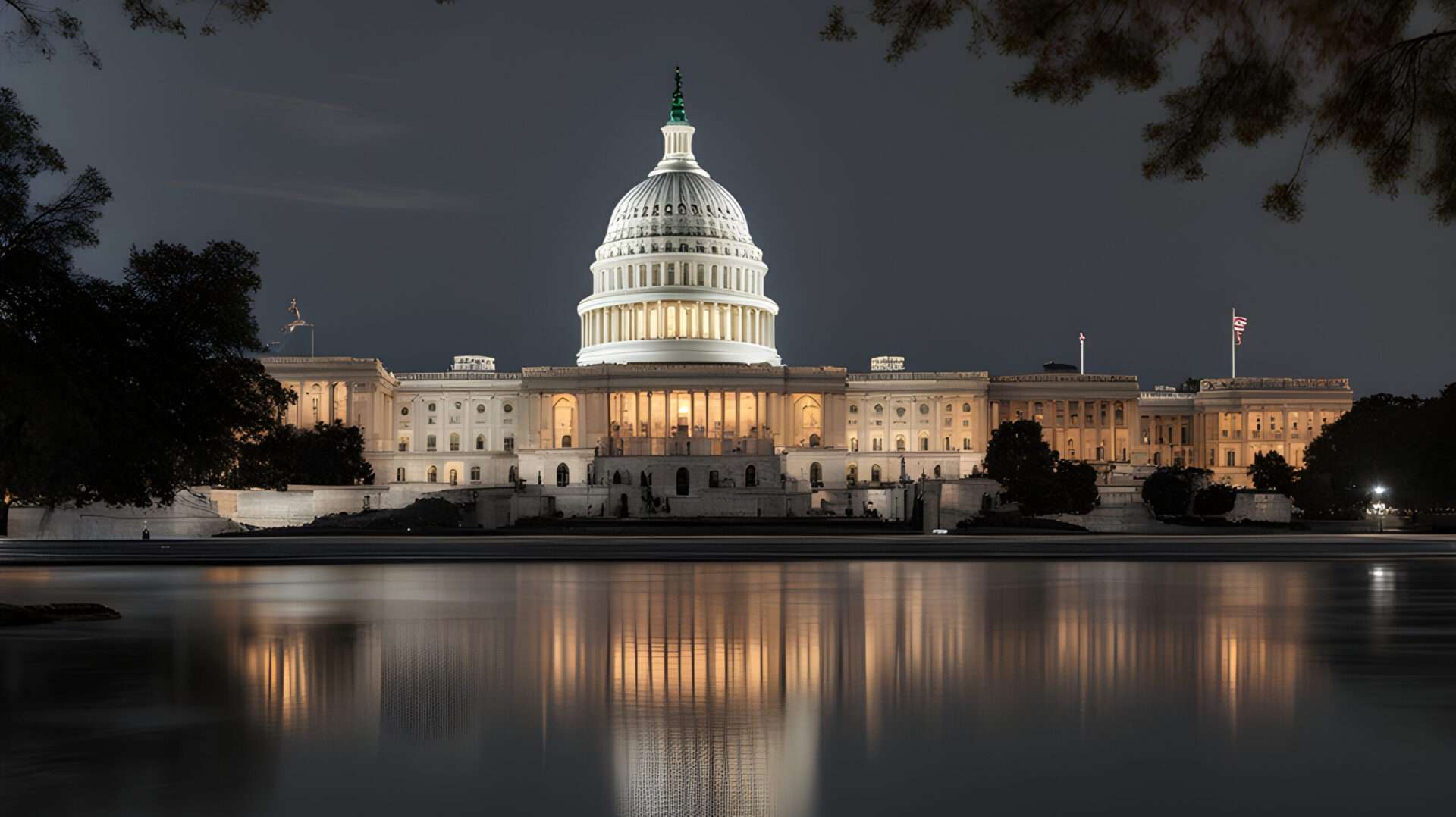Note: Political Awareness never authorizes any candidate or their committees to publish its communication.
The Sanctity of the Supreme Court
Why Public Confidence Safeguards American Democracy
September 2025 — The United States Supreme Court has often been called the “crown jewel” of American democracy. While Congress debates and the presidency shifts with elections, the Court stands as a stabilizing force, interpreting the Constitution and checking the other branches of government. Its authority, however, is not enforced by armies or police—it rests on the public’s trust. When that trust weakens, democracy itself begins to tremble.
The Supreme Court’s Role in American Democracy
The Court’s primary function is to safeguard the Constitution. It is tasked with:
- Checking the other branches of government through judicial review.
- Protecting individual rights against majority overreach.
- Providing stability by setting precedents that endure beyond partisan shifts.
This sanctity—the perception of impartiality, fairness, and adherence to law rather than politics—has been essential to the American experiment since Marbury v. Madison (1803).
Why Public Confidence Matters
Unlike Congress or the presidency, the Supreme Court does not command votes, budgets, or armies. Its power flows from legitimacy. Citizens comply with Court rulings, even controversial ones, because they believe the Court is above partisan games.
- Legitimacy as a shield: If Americans see the Court as principled, they accept even unpopular rulings.
- Loss of legitimacy as a threat: If the Court is perceived as partisan or corrupt, its decisions risk being ignored, resisted, or openly defied.
Signs of Eroding Sanctity
Erosion of confidence in the Supreme Court signals danger for democracy. Warning signs include:
- Perceptions of Partisanship – When justices are seen as extensions of political parties rather than impartial arbiters.
- Conflicts of Interest – Reports of financial entanglements, undisclosed gifts, or political activity undermine credibility.
- Polarization of Decisions – Narrow 5–4 rulings on major issues erode the sense of broad constitutional consensus.
- Declining Trust in Polls – Surveys showing a sharp drop in public confidence in the Court are not just numbers; they are red flags.
Historical Lessons
- In the 1930s, the Supreme Court faced a crisis of legitimacy after repeatedly striking down New Deal programs. Public trust eroded so much that President Franklin D. Roosevelt proposed “court-packing” reforms.
- In modern times, countries like Poland and Hungary show how politicization of courts can accelerate democratic backsliding. Once judicial independence collapses, authoritarian consolidation becomes easier.
Why This Matters to Political Awareness Readers
- Democracy depends on trusted referees. Without belief in a fair Supreme Court, the “rules of the game” themselves collapse.
- Loss of sanctity signals deeper decay. If the highest court is no longer trusted, it reflects a wider erosion of norms and institutions.
- Vigilance is required. Citizens must demand transparency, ethical accountability, and appointments that reinforce—not undermine—judicial independence.
Final Reflection
The Supreme Court’s sanctity is not written in stone—it is earned through integrity, impartiality, and respect for the Constitution. Public trust is its only true source of power. When that trust falters, democracy falters with it.
For Political Awareness readers, the message is clear: defending democracy means defending the institutions that safeguard it—and few are more vital than the Court.

Leave a Reply